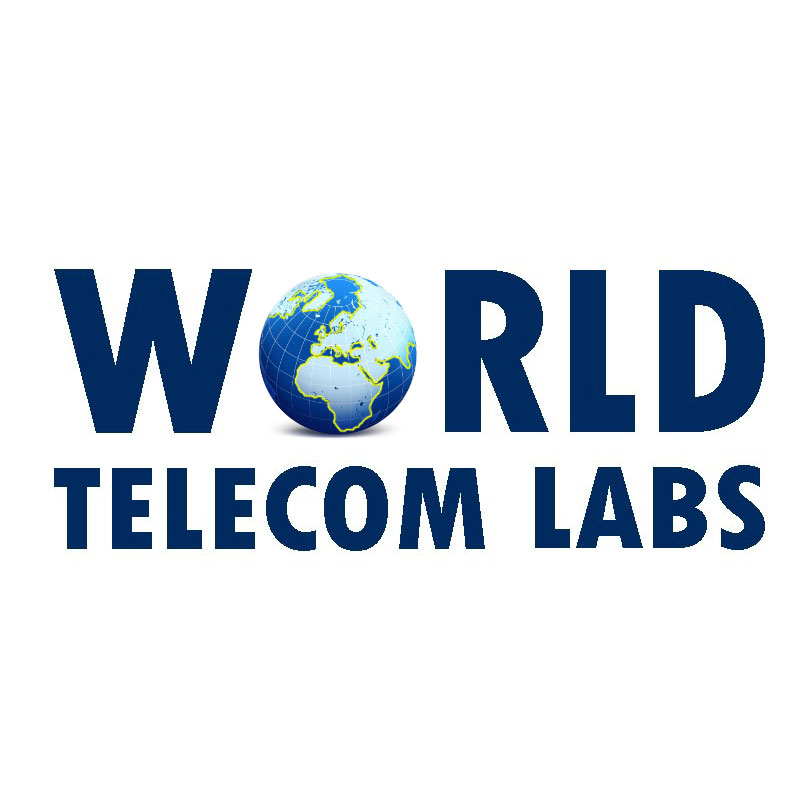|
|||
The Independent Communications Authority of South Africa (ICASA) today announced a step forward in regulatory policy for the licensing of in-demand spectrum that could help the roll-out of long-term evolution (LTE) technology for mobile operators.
The authority published an ‘information memorandum’ that provides guidance to prospective applicants that wish to apply for licensing of three bands of spectrum that can be used for next-generation mobile service.
“The information memorandum is being published for comments providing information to prospective radio frequency spectrum applicants who want to offer mobile broadband, wireless access services for urban and rural areas using the complementary bands IMT700, IMT800 and IMT2600 for purposes of providing national broadband wireless access services,” says ICASA.
The 700MHz and 800MHz bands being referred to currently belong to terrestrial broadcasting entities but can be used for broadband wireless services. Telecoms operators have been waiting for years for these frequencies to be freed up when South African television switches from analogue to digital. Although the date for the switch has yet to be announced by government, ICASA has now issued a plan for the licensing of this spectrum along with the 2 600MHz band which can also be used for broadband wireless access services.
ICASA says the main aim of licensing 700MHz, 800MHz and 2 600MHz is to ensure nationwide broadband access for all citizens by 2020, part of government’s broadband policy SA Connect.
“South Africa experiences continued growth in demand for more spectrum as a result of significant growth in traffic. The lack of availability of spectrum for IMT [international mobile telecommunication] brings constraints and challenges in the provision of broadband services,” says ICASA.
The regulator says the bands have been identified worldwide for IMT services and the bands “complement each other in the sense that they fulfil the requirements for capacity and coverage which make them suitable for rural and urban areas and for bridging the digital divide”.
“It is for the above reasons that the authority has decided on the simultaneous licensing of the 700MHz, 800MHz and 2.6GHz bands, to enhance competition and increase broadband coverage, and in so doing bridge the digital divide and disparities between urban and rural access to broadband networks.”
ICASA says anyone wishing to comment on the memorandum has until Friday, 16 October to do so.
Source: IT Web










